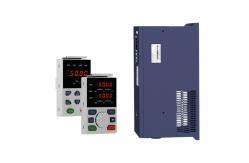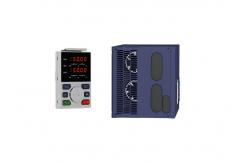55kw 75hp 220v 380v VFD Variable Frequency Drive Optimal V/F Mode
|
|
55kw 75hp 220v 380v vector control inverters frequency drive ac drive
Performance Advantage
Advanced motor control algorithm
High performance open loop vector control
Optimal V/F mode
Excellent ramp slope control
Fast auto-tune (less than 1 minute)
Overload: 150% rated output current, 1 minute
Low frequency torque: 0.5Hz: 100% rated torque 1Hz: 150% rated torque
Failure and diagnosis
The VFD500 inverter has perfect protection. If a fault occurs, the inverter will act according to the fault attribute. For more serious faults, the inverter will directly block the output; for general faults, it can be configured to stop or continue to operate according to the scheduled stop mode. After the inverter fails, the fault relay contacts act and the fault code is displayed on the display panel. Before seeking service, users can perform self-checking according to the tips in this section, analyze the cause of the fault, and find a solution.
|
||||||||||||||||||||||||||||||||||||||||||||||||||||||||||||||||||||||||||||||||||||||||||||||||||||||||||||||||||||||||
| Product Tags: 380v VFD Variable Frequency Drive 75hp VFD Variable Frequency Drive 75hp adjustable frequency drive | ||||||||||||||||||||||||||||||||||||||||||||||||||||||||||||||||||||||||||||||||||||||||||||||||||||||||||||||||||||||||
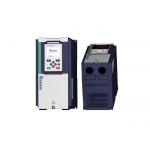
|
VEIKONG Versatile High-Performance VFD Low Frequency Torque and Ethercat Communication Method |

|
VFD580 18.5KW 380V VFD Variable Frequency Drive Multifunctional And User-Friendly |

|
VFD580 5.5KW 380V VEIKONG VFD High Level With Positional Control |
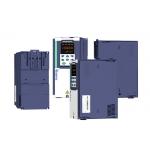
|
Compact 4kw 5.5kw VFD Variable Frequency Drive For 3 Phase Motor |

|
22kw 30hp VFD variable frequency drive ac drive vector control inverter |
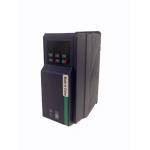
|
Compact Solution VFD Variable Frequency Drive VEIKONG VFD150 Economical Micro Drive |

